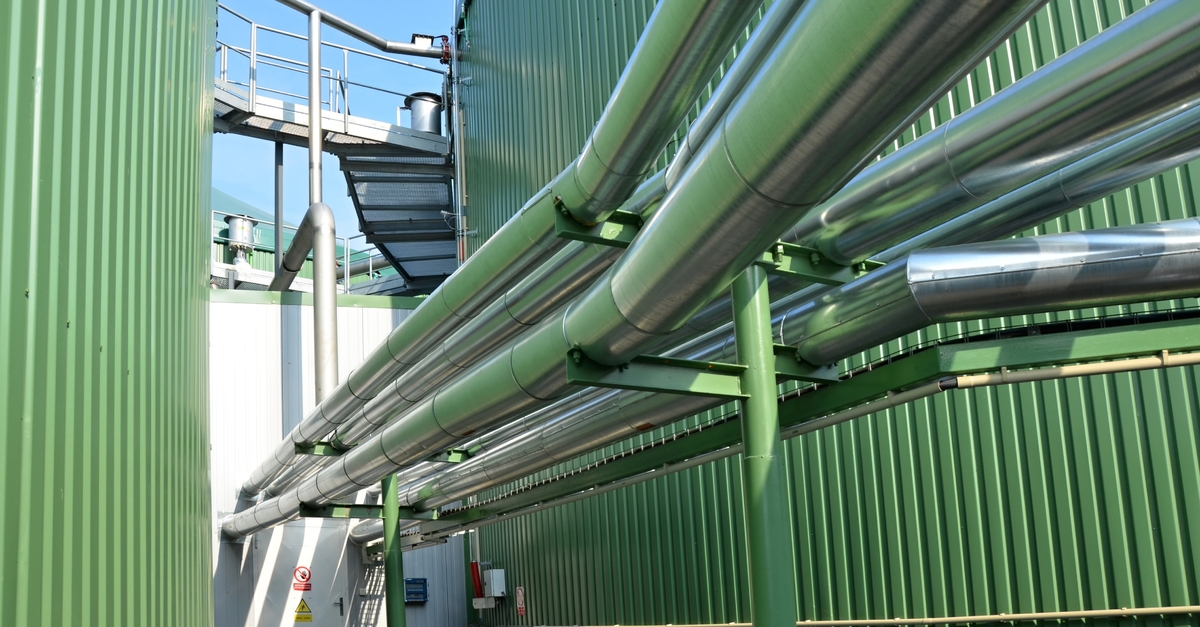The production of biogas depends on feedstock and environmental conditions, like temperature. For those who are looking for a more consistent supply of heat and power within the commercial or industrial context, this kind of variability can pose a substantial challenge.
One potential solution is fuel blending. This process uses additional natural gas to supplement and match the biogas variations that can potentially cause problems for managers. Because fuel blending allows a consistent output from the engine regardless of biogas variations, biogas production can be boosted and processes can become more efficient.
Key Benefit of Fuel Blending
One of the main perks of fuel blending is that operators can get the most out of their bioenergy usage and keep consistent power output at the same time. Another option is that asset owners need maximum use of all available biogas in order to create a certain amount of energy. With a fuel-blending system, managers can either match the required load profile or maximize energy production. The crucial part of being able to choose between the two is the engine management system.
With an on-engine solution that automates the fuel-blending process, natural gas and biogas can be blended seamlessly so that biogas production reaches peak capacity. There are some engine systems out there that can do this, and for energy asset managers who are looking for a solution to the inherent instability of biogas, it may be something worth checking into.
Need a Partner Company? Southern Field Is Here!
No matter what kind of engine management system your facility uses, Southern Field is here to partner with you for the greatest level of production and efficiency possible. We have more than a decade of experience as an industrial maintenance company, and we serve the biomass, power, cement and lime, steel and metals, and pulp and paper industries.
Ready to start a conversation about how we can help your facility stay productive? Contact us today.


